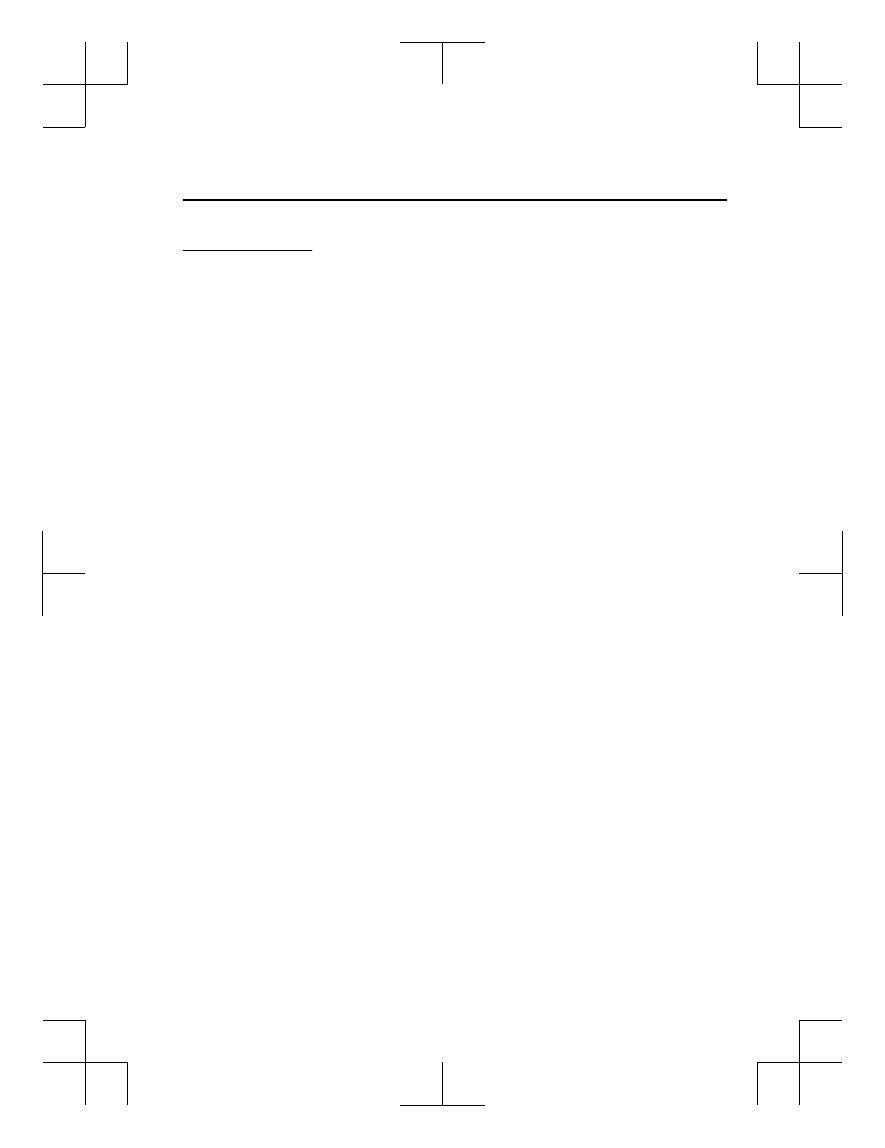Mazda 3 Hatchback (2018 year). Manual - part 13

Radar sensors (rear)
The radar sensors (rear) function by detecting the radio waves reflected off a vehicle
approaching from the rear or an obstruction sent from the radar sensors. The following
systems also use the radar sensors (rear).
Blind Spot Monitoring (BSM)
Rear Cross Traffic Alert (RCTA)
The radar sensors (rear) are installed inside the rear bumper, one each on the left and right
sides.
Refer to Radar Sensors (Rear) on page 4-139.
When Driving
i-ACTIVSENSE
4-79
Mazda3_8GE4-EA-17F_Edition1
2017-4-7 11:59:21